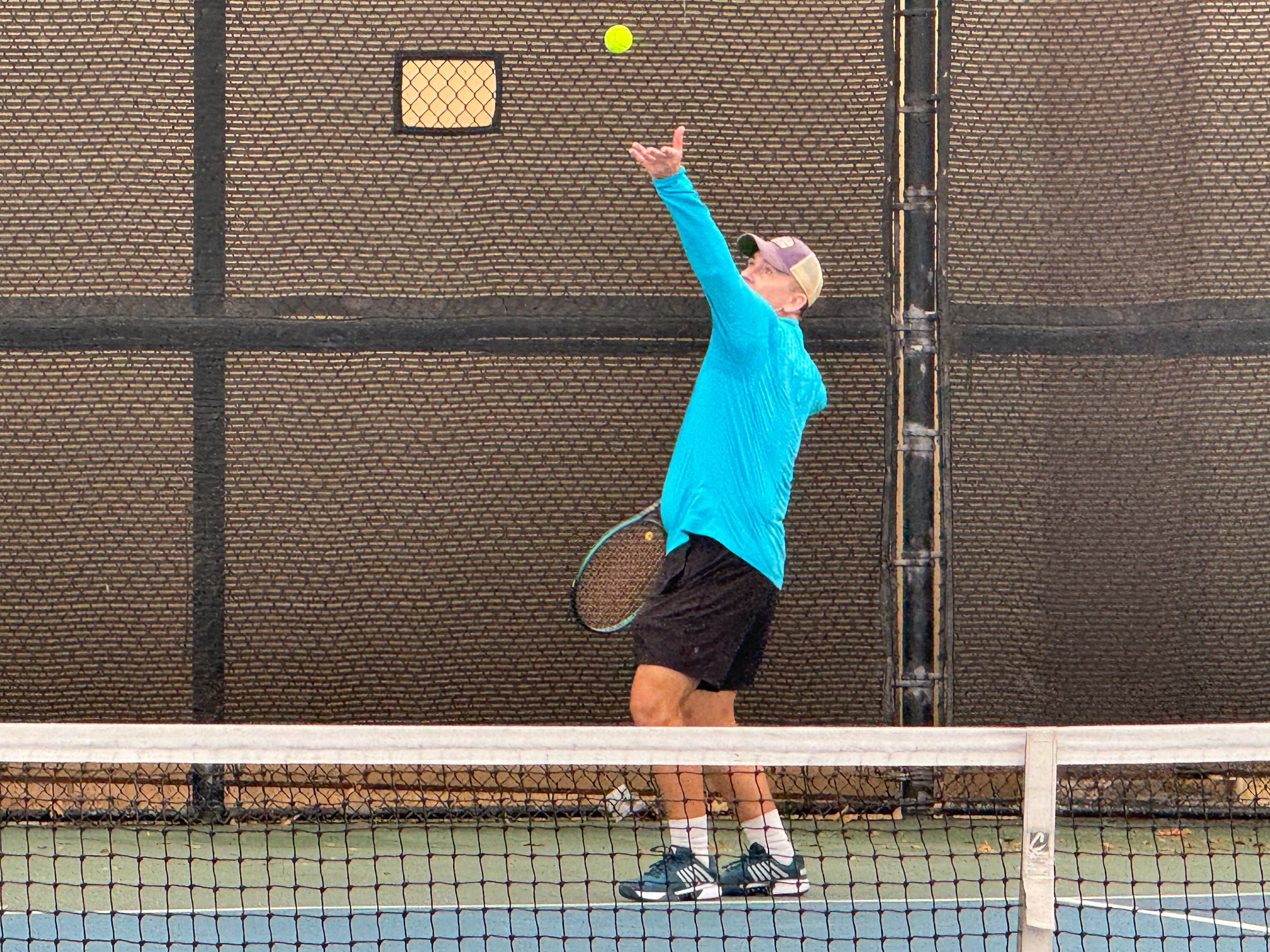The Rules of Tennis
Last week I promised that we had concluded coverage of the “Correcting Errors” section of the ITF Rules of Tennis as printed in the USTA Friend at Court. However, in the interim, I observed an umpire failing to change the balls during a match during the Western and Southern Open. This is the first time I have ever witnessed this kind of error in a match. It made me ridiculously happy.
Now that I have seen a ball change error in action, I have come to the realization that it probably happens more frequently than is apparent to the viewing public. Even with my tennis rules geekiness, I don’t habitually count games in the matches I watch, anticipating the upcoming ball changes. When committed, this error is like the dog that didn’t bark in the night. There is simply nothing to see.
This case was different. In addition to the fact that the error occurred, the umpire corrected the error in an awkward way which created another rules error. The remediation violated the pertinent error correcting procedures regarding ball changes. In addition to making me giddy with elation, it also forced this post as a coda to the recently completed discussion on the rule in the “Correcting Errors” section of the ITF Rules of Tennis.
I was watching an “on demand” replay of a Women’s doubles match between Jen Brady and Caroline Dolehide against Madison Keys and Sloane Stephens. They split sets and the match was at 1-1 in the match tie-break game when the following transpired.
This is the first time I have created my own clip of something that occurred in a televised tennis match and uploaded it to YouTube. The fact that the content is incredibly boring to all except the narrow demographic that would read this blog on a regular basis is also not lost on me.
The Western and Southern Open is following the standard WTA and ATP ball changing protocols. This means that the balls are changed after the first seven games and every 9 subsequent games thereafter. The requirement to have a ball change policy for tournaments is documented in rule 3(b).
In this case, the first set was 6-1 so the balls were presumably correctly changed at that point. The second set was 6-3 so an additional ball change should have occurred following before the match tie-break game was initiated. The umpire forgot to do that and realized the error at 1-1. As a refresh, following is the rule for correcting this particular error.
If the balls are not changed in the correct sequence, the error shall be
ITF Rules of Tennis, USTA Friend at Court, 27(i)
corrected when the player/team who should have served with new balls is next due to serve a new game. Thereafter the balls shall be changed so that the number of games between ball changes shall be that originally agreed. Balls should not be changed during a game.
By my interpretation of the rules, the match tie-break is a game, thus the ball change should not have occurred at any point. Even with an alternate interpretation, that a match tie-break is NOT a game, then the new balls should have been provided before Keys and Stephens were to serve. It was certainly incorrect to insert new balls between the first point served by Dolehide and the second one.
Next week we will move on to the next section in the ITF Rules of Tennis. You know, unless there is another rules error that requires another emergency post. I am now watching for those like a hawk.
- United States Tennis Association (2020) Friend at Court. White Plains, NY



